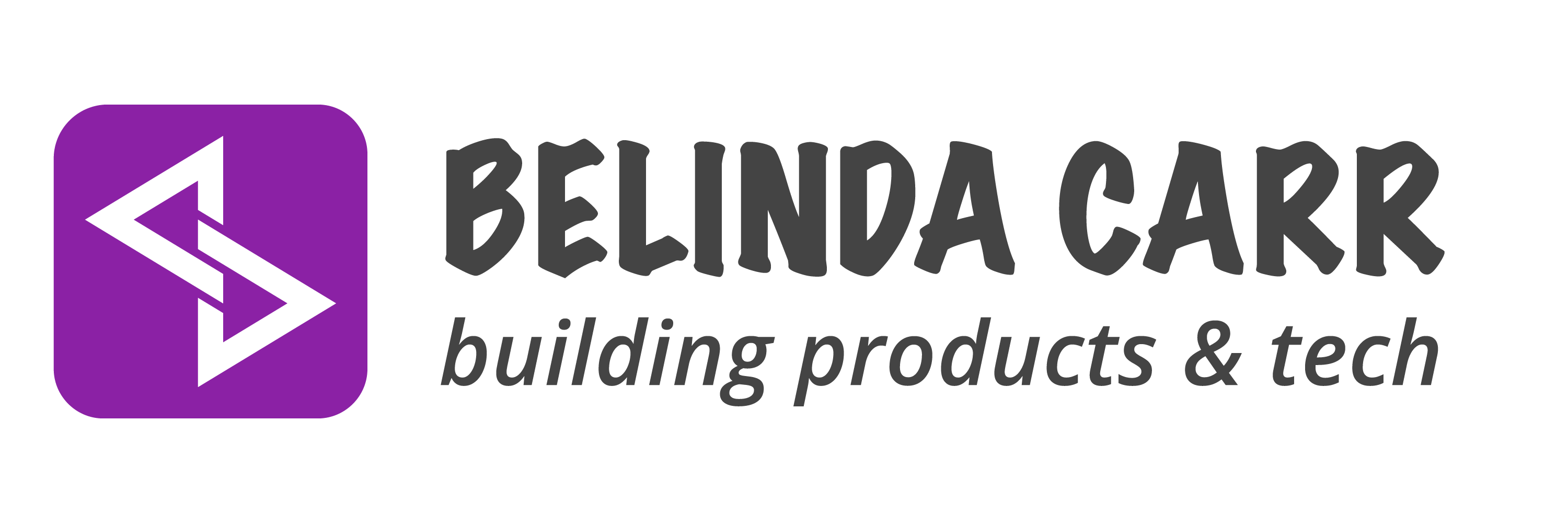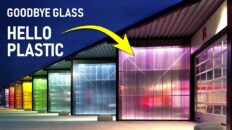From homes to high-rise office towers, buildings now account for one-third of annual greenhouse gas emissions and this trend isn’t slowing down. To tackle this energy inefficiency, researchers at the University of Chicago looked to chameleons for inspiration.
Introduction
Chameleons are one of the most fascinating reptiles. They are best known for their ability to change body color. Since they can’t generate their own body heat, changing their skin color is a way to maintain a favorable body temperature. A cold chameleon may become dark to absorb more heat, whereas a hotter chameleon may turn pale to reflect the sun’s heat. So how do they pull off these colorful changes?
The outermost layer of a chameleon’s skin is transparent. Beneath it are layers of specialized cells called chromatophores that are filled with sacs of different kinds of pigment. When a chameleon experiences changes in body temperature, its nervous system tells specific chromatophores to expand or contract which changes the color of the cell. This allows them to produce a dazzling array of reds, pinks, yellows, blues, greens, and browns.
Thermochromism
The ability of materials to change color could help us reduce the energy footprint of buildings by reflecting heat in summer and absorbing heat in winter. However, if we use thermochromic pigments, we don’t have much control over when the colors change. We are at the mercy of ambient temperatures, sunlight and the weather. So, researchers at the University of Chicago have developed a new material that changes color with a tiny amount of electricity instead of heat. They call it an electrochromic building material.
Electrochromism
Their new non-flammable material consists of multiple layers including a polyurethane film, a grid of gold wires, a layer of graphene and platinum, aqueous electrolyte and a copper foil. In winter, the applied voltage pushes copper particles out of the electrolyte and to the platinum-graphene film. They form a solid metal layer that reflects over 90% of internal infrared radiation.
In summer, the voltage is reversed and copper particles dissolve back into the electrolyte. This creates a transparent plastic electrode that allows over 90% of internal infrared radiation to escape.
The electricity used for inducing electrochromic changes in the material would be less than 0.2% of the total electricity usage of the building, However, it could save 8.4% of the building’s annual HVAC energy consumption. Now, I know what you’re thinking. The astronomical cost of copper cladding is not going to be offset by an 8% reduction in energy consumption. There are other energy-efficient products on the market that are cheaper and more effective.
Conclusion
There are undoubtedly better solutions like passive house construction, continuous insulation and high performance HVAC systems. However, integrating thermochromic and electrochromic materials can complement and enhance those strategies. We can be inspired by how chameleons control their body temperature, but at a certain point, we have to cut off those ties and make sure that these solutions are financially viable and effective. Only then will they be adopted by the masses.





